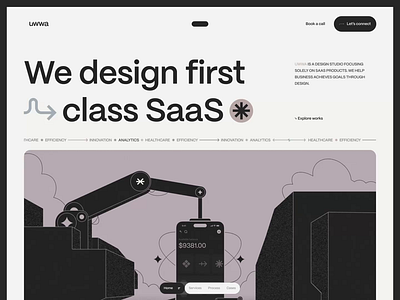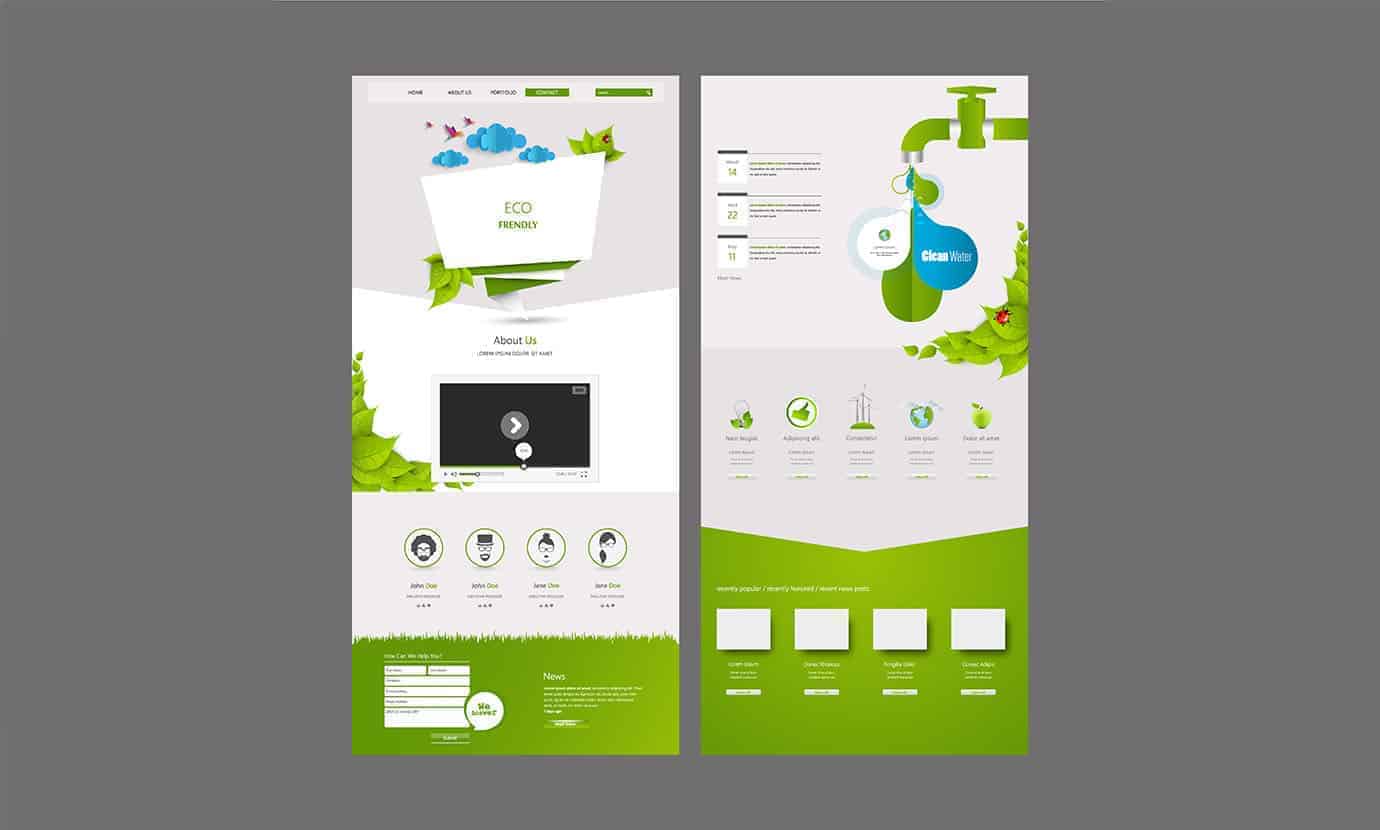Modern Internet Site Style That Records Interest and Converts
In an increasingly electronic landscape, contemporary website layout has emerged as a pivotal aspect in catching user interest and driving conversions. As we explore these important parts, it ends up being clear that understanding their interplay can significantly affect a website's performance and individual complete satisfaction.
Significance of Visual Pecking Order
Aesthetic pecking order is a vital aspect in site design, as it overviews customers' attention and boosts their total experience. By strategically organizing web content, developers can guide customers to one of the most essential information initially, thus boosting engagement and improving use. Effective visual hierarchy utilizes various methods, including dimension, shade, spacing, and contrast. Larger elements naturally draw the eye, while contrasting colors can emphasize essential messages, making them attract attention amongst even more subdued parts.
Integrating a logical circulation in material plan is crucial; as an example, positioning the most critical information on top of a web page promotes instant recognition. In addition, constant use typography, such as varying font dimensions and designs, helps establish a clear material structure. This organization not only help in navigating yet additionally builds trust fund, as users feel extra comfortable when they can easily locate what they are trying to find.
Ultimately, a well-executed aesthetic power structure not only boosts visual allure but likewise significantly impacts customer actions. By focusing on necessary aspects and making certain a seamless experience, developers can efficiently transform site visitors right into consumers, enhancing the relevance of this fundamental design concept in modern site growth.
Responsive Layout for All Devices
Developing a smooth experience across different tools is important in today's digital landscape, where individuals access websites from smartphones, tablet computers, and desktops alike. Responsive style is a crucial method that makes certain web sites adapt fluidly to various display dimensions, resolutions, and orientations. By utilizing flexible grids, photos, and CSS media inquiries, developers can produce layouts that preserve visual stability and performance, despite the gadget being used.
The relevance of responsive style expands beyond aesthetics; it directly influences user involvement and conversion rates. An internet site that operates well on all devices urges longer gos to and minimizes bounce rates, as customers are most likely to interact with material that is easy to browse. Search engines, particularly Google, prioritize mobile-friendly sites in their positions, making responsive layout an important part of search engine optimization (SEARCH ENGINE OPTIMIZATION)
Integrating receptive layout not just improves user experience however additionally improves the development process. By developing a solitary website that functions throughout devices, services can conserve time and sources compared to creating different mobile and desktop versions. Ultimately, receptive design is an essential method for modern-day site design, guaranteeing ease of access and contentment for all customers, no matter of their tool.
Involving Interactive Components
While a receptive layout prepares for a useful internet site, including interesting interactive elements is critical for capturing individual attention and fostering much deeper links. Website Design. Interactive components, such as computer animations, quizzes, and clickable infographics, create a more dynamic customer experience, urging site visitors to invest more time on the website
Including interactive functions can also direct users through facility details, making it easier to digest web content. Interactive sliders can show product variations, while ingrained videos can give demos or testimonials that resonate even more than fixed pictures or text. In addition, gamification methods, like rewards for involving or completing jobs with web content, can improve customer motivation and retention.
Effective use of interactive aspects not only enhances the individual experience yet can additionally lead to greater conversion prices. It is essential to stabilize interactivity with efficiency; extremely intricate attributes may prevent website rate, negatively impacting user complete satisfaction.
Streamlined Navigation Practices
Efficient navigation is a foundation of any type of successful site, as it directly influences individual experience and content availability. Streamlined navigation practices make sure that individuals can quickly locate information, improving their interaction with the site. A well-structured navigation menu should be user-friendly and simple, generally including a restricted number of key classifications to stay clear of frustrating visitors.
To attain streamlined navigation, go to this site developers need to Discover More focus on a hierarchical framework that logically organizes web content. Carrying out breadcrumb tracks can provide users with context about their existing place within the website, enabling smooth backtracking. Additionally, using drop-down menus can properly save space while still giving access to subcategories.
Receptive style is important, as navigating should be useful across all tools (Website Design). Mobile users, particularly, take advantage of touch-friendly menus and retractable sections that maintain usability without jeopardizing appearances

Efficient Call-to-Action Techniques
A well-crafted call-to-action (CTA) is vital for guiding customers towards desired results on a website, as it motivates them to involve with content or buy. To maximize their performance, CTAs ought to be clear, engaging, and tactically put throughout great post to read the website.
First, use action-oriented language that connects urgency or value, such as "Get going," "Sign up with Now," or "Insurance claim Your Price cut." This language not just motivates customers but likewise establishes clear assumptions regarding the following steps.
Second, take into consideration design components; CTAs need to stick out aesthetically through contrasting colors, ample whitespace, and popular positioning. A switch that is very easy to see and click increases the probability of individual communication.
In addition, individualizing CTAs based on individual behavior or demographics can substantially boost involvement. Tailored messages resonate much more with customers, driving greater conversion rates.

Final Thought
These elements collectively enhance user experience, ensuring that visitors remain engaged and motivated to discover web content better. By focusing on these layout concepts, companies can considerably improve user retention and conversion rates, ultimately leading to better success in the electronic landscape.
In a progressively digital landscape, modern-day site style has arised as a crucial factor in catching user focus and driving conversions.Visual hierarchy is an essential aspect in site design, as it overviews users' focus and enhances their general experience.The importance of receptive design extends past aesthetics; it directly influences individual involvement and conversion prices.Including receptive style not just improves customer experience however additionally simplifies the advancement procedure. Eventually, receptive design is an essential strategy for modern-day website style, ensuring access and satisfaction for all individuals, no matter of their gadget.